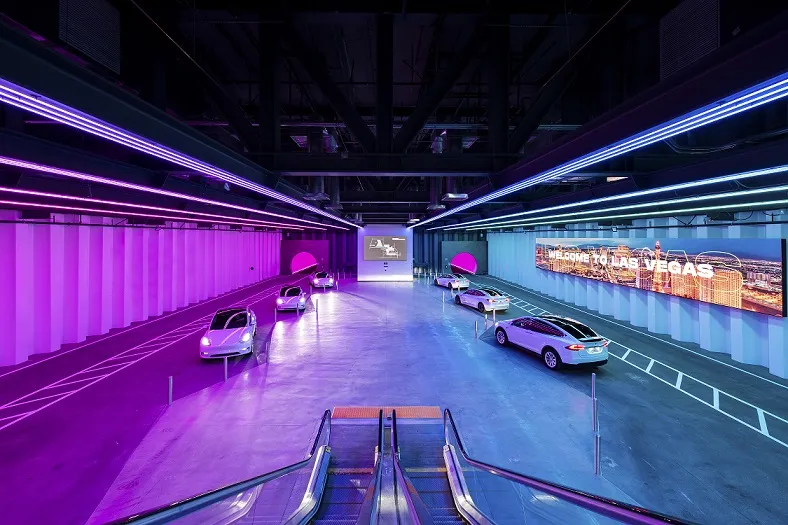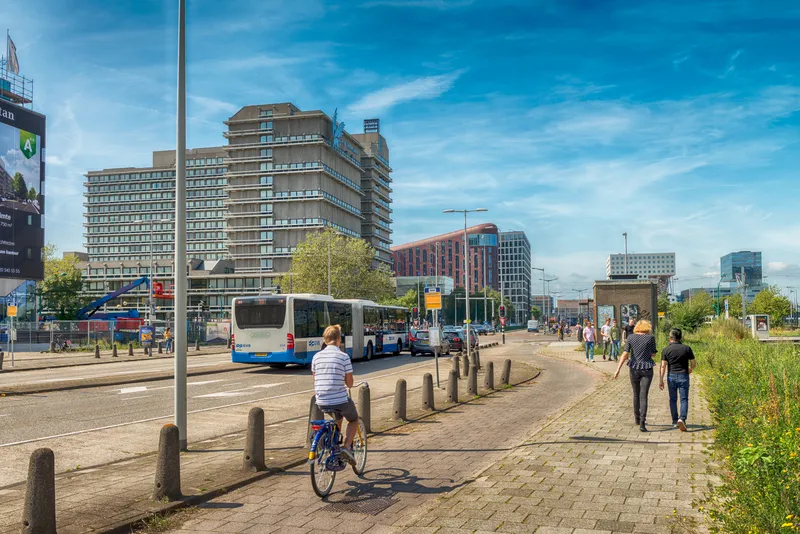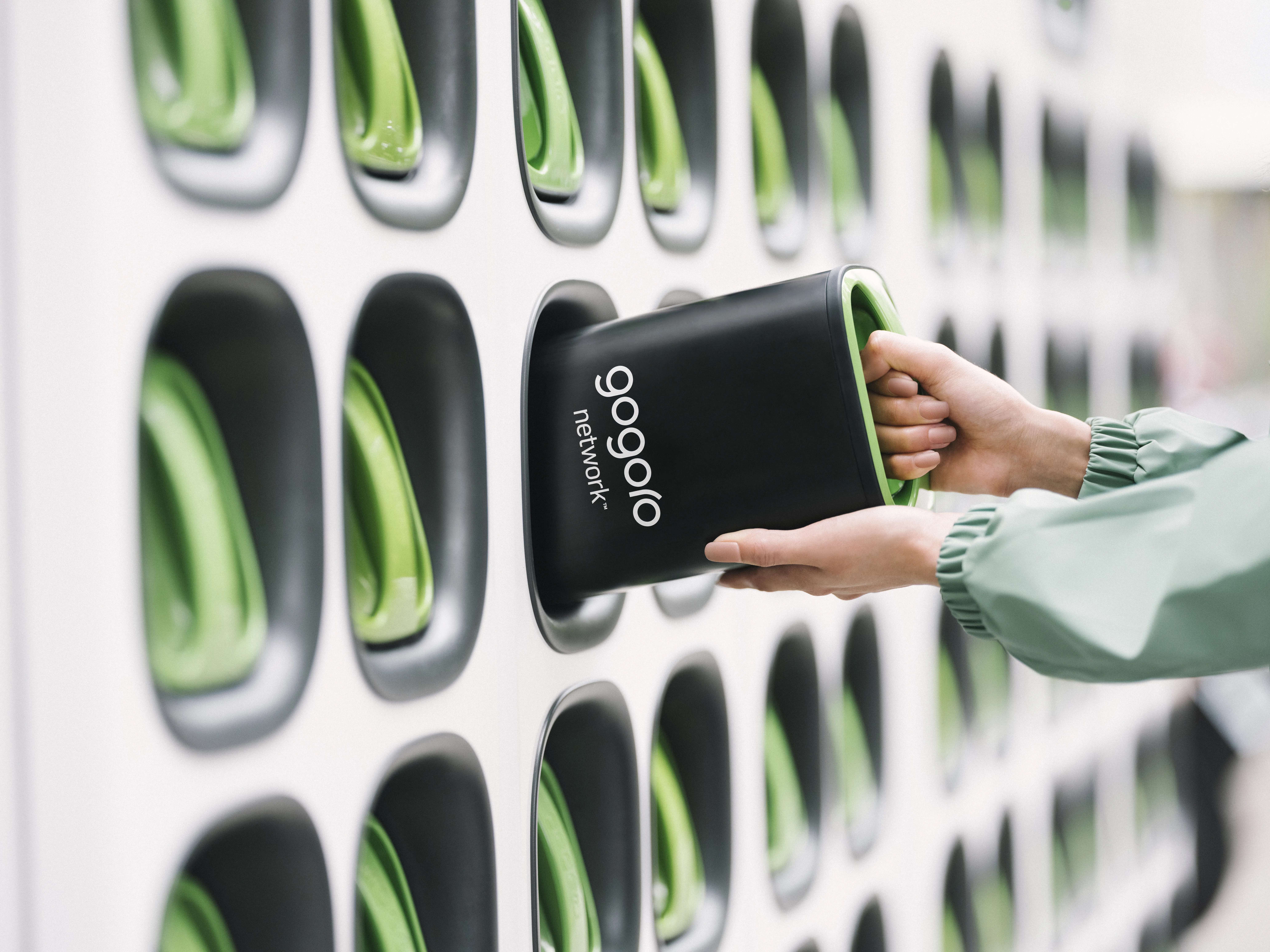
The Las Vegas Convention and Visitors Authority (LVCVA) has provided a look inside Elon Musk's underground transportation system, which will debut at World of Concrete in June.
The $52.5 million Las Vegas Convention Center Loop system is located 40 feet beneath the Las Vegas Convention Center (LVCC) campus.
LVCVA says the system will serve as a quick way to move convention attendees throughout the more than 200-acre LVCC campus in all-electric Tesla vehicles.
It will allow up to 4,400 convention attendees per hour to be whisked across the campus free of charge in under two minutes, the authority adds.
Musk is also known to be interested in developing hyperloop routes but for now he is content with the Loop.
While this Las Vegas project has been dismissed as merely 'Teslas in tunnels' by some detractors, LVCVA CEO Steve Hill insists: "The expanded Loop system, when developed, will be a game-changer and a new 'must experience' attraction for our visitors."
The vehicles can travel up to 150 mph but will run at 35-40 mph due to the short distance of the tunnels. The system will be staffed with drivers initially with the plan to operate them autonomously in the future.
Two one-way, 8-mile vehicular tunnels and three passenger stations were built to connect the existing convention centre campus to the 1.4 million square foot West Hall expansion.
The tunnels measure 13.5 feet outer diameter and 12 feet inner diameter. The Loop system includes a command centre to monitor the system to assure a safe and comfortable experience.
Plans have been announced to develop an expanded system throughout the resort corridor called the Vegas Loop. This system is expected to ease traffic congestion and offer a new transportation option for visitors from as far north as Downtown Las Vegas, throughout the Strip and as far south as Allegiant Stadium.










